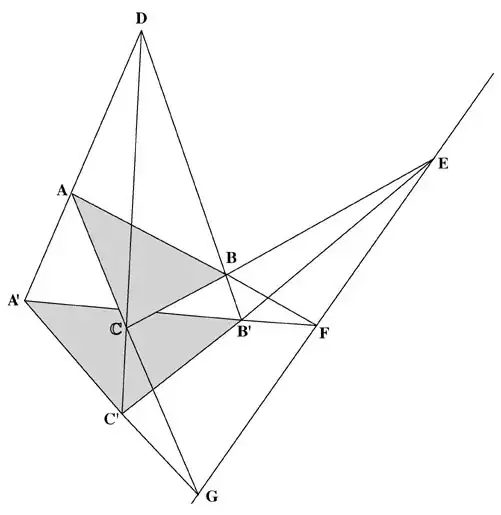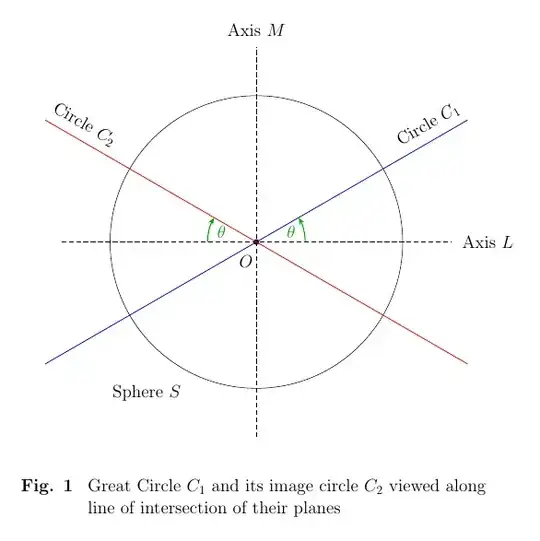Preliminary content
Suppose that $\alpha$ is an ordinal. A rank-into-rank embedding is an elementary embedding $j:(V_{\alpha},\in)\rightarrow(V_{\alpha},\in)$.
The $n$-th classical Laver table is the unique algebraic structure
$A_{n}=(\{1,\dots,2^{n}-1,2^{n}\},*)$ such that
$x*(y*z)=(x*y)*(x*z)$, and
$x*1=x+1\mod 2^{n}$
whenever $x,y,z\in\{1,\dots,2^{n}-1,2^{n}\}$.
From a single non-identity rank-into-rank embedding, one can generate a free self-distributive algebra, and the Laver tables are finite quotient algebras obtained from the rank-into-rank embeddings.
For more information, please see Chapter 11 in the Handbook of Set Theory or Chapters 10-13 in the book Braids and Self-Distributivity by Patrick Dehornoy.
Result
In the classical Laver table $A_{n}$, we define the critical point by $\operatorname{crit}(r)=\gcd(r,2^n)$. Critical points originally arose from elementary embeddings in set theory, but we translate this notion to a purely algebraic context.
$\mathbf{Proposition:}$ Assume the existence of a non-identity rank-into-rank
embedding. Then in the classical Laver tables $A_n$, we have
$\operatorname{crit}((x*x)*y) \leq \operatorname{crit}(x*y)$ for all $x,y\in A_{n}$.
The proof of this proposition relies upon the observation that $\mathrm{crit}(j*k)=j(\mathrm{crit}(k))$ and the following easy Lemma.
$\mathbf{Lemma:}$ If $j:V_\lambda\rightarrow V_\lambda$ is an elementary embedding, then $(j*j)(\alpha)\leq j(\alpha).$
$\mathbf{Proof:}$ Let $\beta$ be the least ordinal such that $j(\beta)>\alpha$. Then
$$V_{\lambda}\models\forall x<\beta,j(x)\leq\alpha,$$ so by elementarity,
$$V_\lambda\models\forall x<j(\beta),(j*j)(x)\leq j(\alpha).$$ Therefore, since $\alpha<j(\beta)$, we have $(j*j)(\alpha)\leq j(\alpha).$
The fact that $\operatorname{crit}((x*x)*y) \leq \operatorname{crit}(x*y)$ is almost trivial when one assumes strong large cardinal hypotheses, but the fact that $\operatorname{crit}((x*x)*y)\leq\operatorname{crit}(x*y)$ has no known proof in ZFC.


"There are good reasons why theorems should all be easy and the definitions hard [...] Definitions serve a twofold purpose: they are rigorous replacements for vague notions, and machinery for elegant proofs. [...] A fully evolved major theorem has three important attributes: (1) It is trivial. (2) It is trivial because the terms appearing in it have been properly defined. (3) It has significant consequences."
– Selene Routley Jun 10 '11 at 00:37